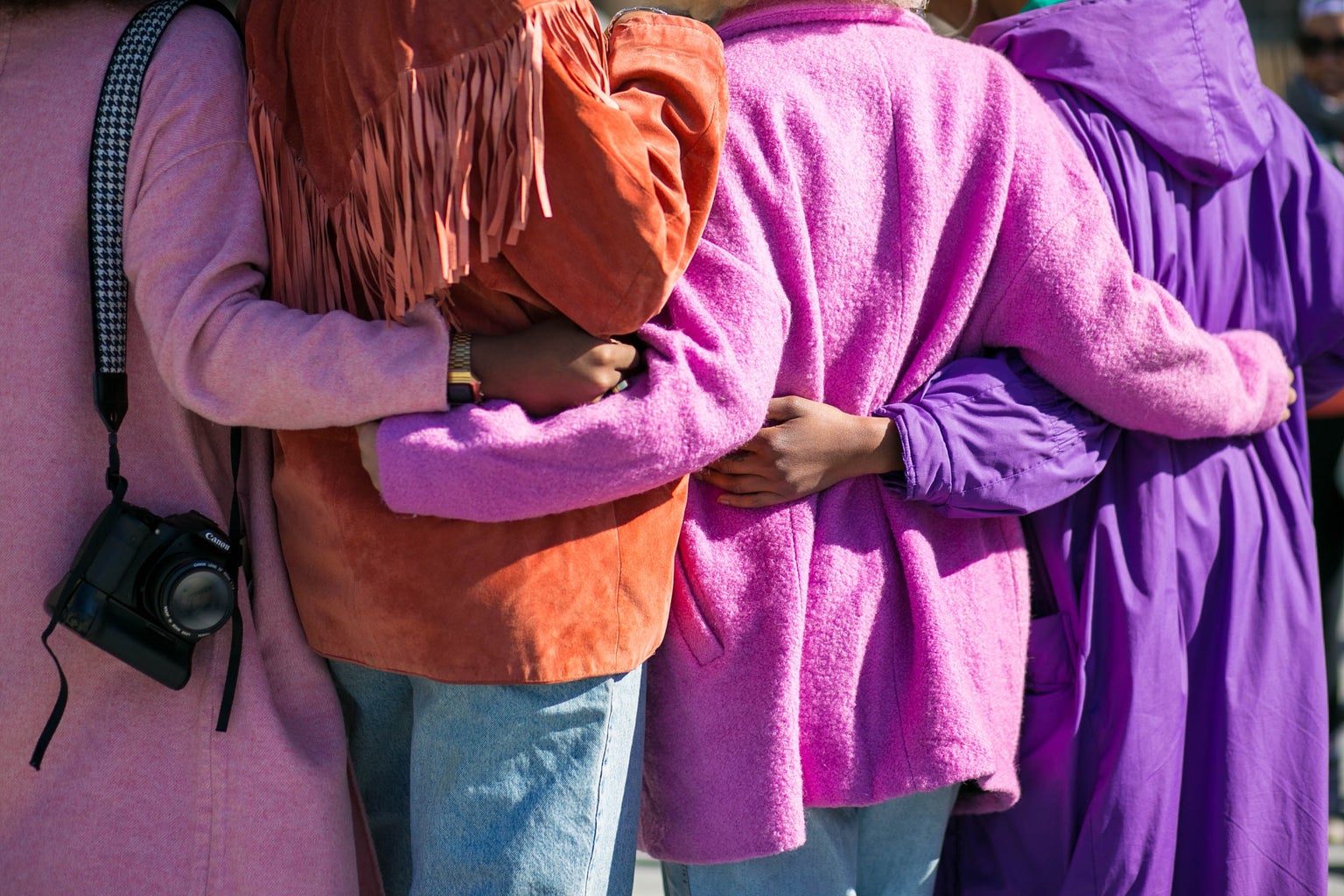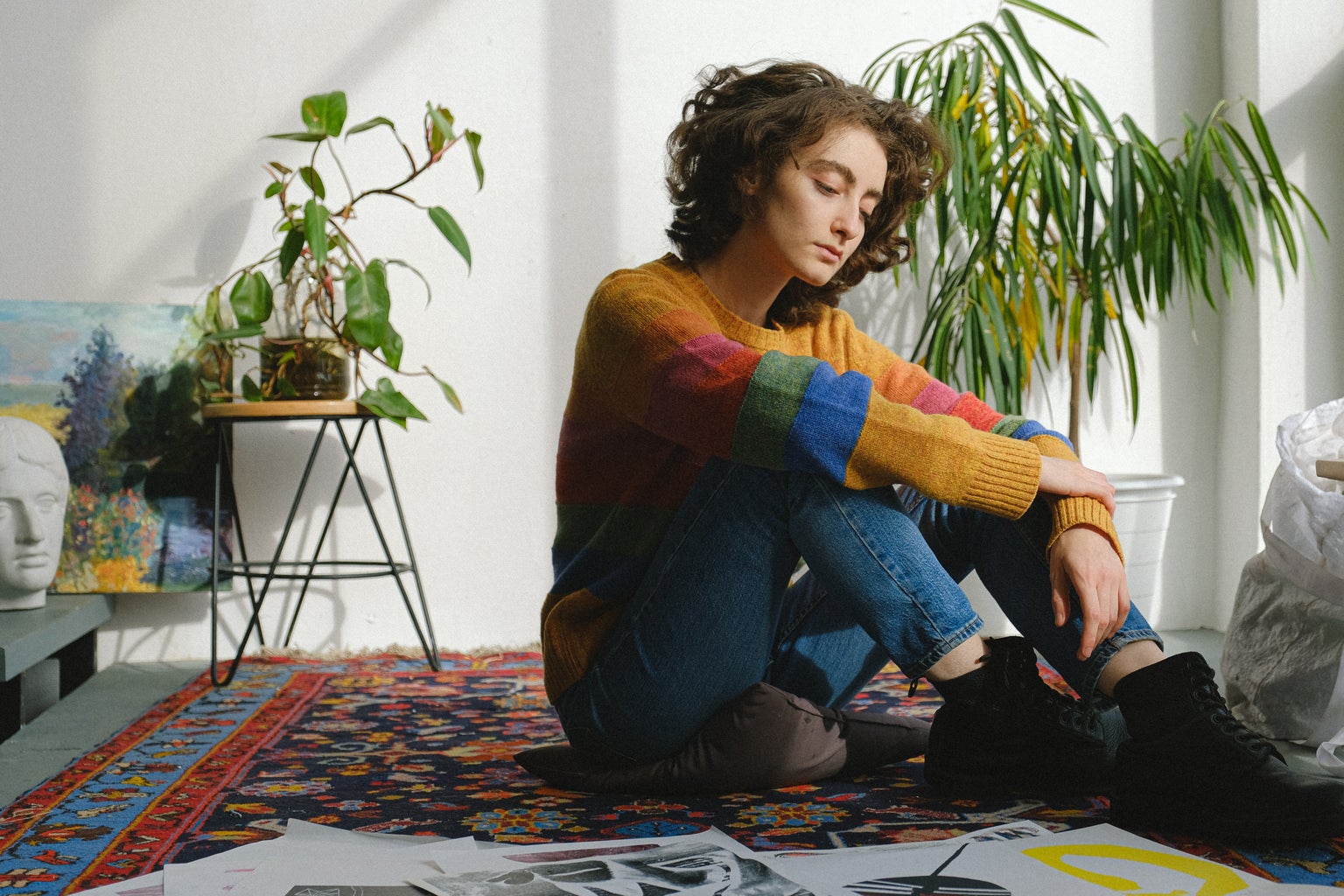One of the animated movies I loved growing up was Inside Out. It’s been years since my last watch, so this week I decided to revisit one of the homes of my childhood nostalgia.
If you need a refresher, Inside Out follows 11-year old Riley — more specifically, Riley’s primary emotions — as her family moves from Minnesota to San Francisco. Inside Riley’s head, her emotions Joy, Anger, Fear, Disgust, and Sadness have a lot to say about the move. Riley is taken away from her friends and familiar neighbourhood, and is forced to confront the horrors of broccoli pizza, a creepy house, and a new school full of strangers. All of this change prompts a storm of conflicting emotions in Riley’s head. However, when Riley’s mom asks her to keep smiling and be their “happy girl” to support her dad, Riley suppresses her true feelings.
Inside Out explicitly demonstrates this experience through the characters inside Riley’s head: Joy constantly pushes Sadness away, even by drawing a circle and stating that her job is to keep her sadness inside the circle so Riley won’t disappoint her parents.
Obviously, this emotion suppression doesn’t go well. A mishap occurs that ejects both Joy and Sadness outside of the “headquarters” of Riley’s brain, removing her ability to feel either emotion until the two of them can find their way back. Left with only Fear, Anger, and Disgust, as well as the constant pressure to maintain a good mood for her parents, Riley finally breaks. She decides to run away, an action which destabilizes her sense of self and almost leaves her unable to feel anything at all.
The only way Joy can help Riley is by realizing that Sadness is just as important as other emotions:
“Sadness. Mom and Dad… the team… they came to help because of Sadness.”
Later in the film, Joy recognizes that feeling Sadness is the only way Riley can get the help she so desperately needs. She needs encouragement to feel the pain the move has caused. As a result, Riley is finally able to open up to her parents and can begin to heal.
Watching this movie again as a twenty-year old brought up many memories. Like Riley, I moved across the country with my family. I too placed heavy pressure on myself to stay positive for the sake of the people around me. I think a lot of us can relate to Riley’s experience of being pressured to feel a certain way to support the people you care about.
What I love about Inside Out is that it recognizes that all emotions are important, each with its own time and place, even if (especially if) they’re not immediately positive. Further, the film teaches that shutting out Sadness can damage our capacity for Joy. Repressing emotions and trying to cut out those vital pieces of ourselves is harmful to our well-being. It can destabilize our personalities and decrease our sense of self.
Rewatching this movie reminds me to take a moment and allow my own Sadness some room to breathe. I can let her touch my memories without fear she’ll damage them. Mourning what we’ve left behind is a part of growing up.
If it’s been a while since you watched this movie, or if you have never seen it, and you feel like you need a good cry, this is your sign to revisit it. Your Sadness deserves to know that she has room to breathe, and that she’s loved as equally as Joy and your other emotions.




